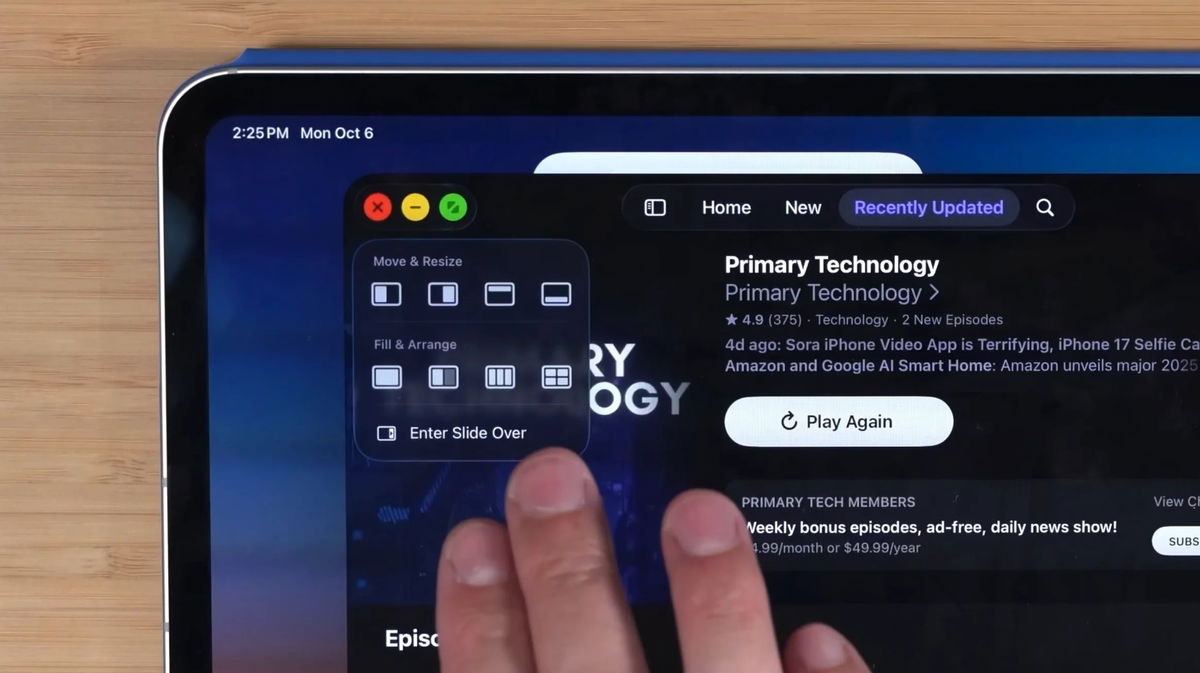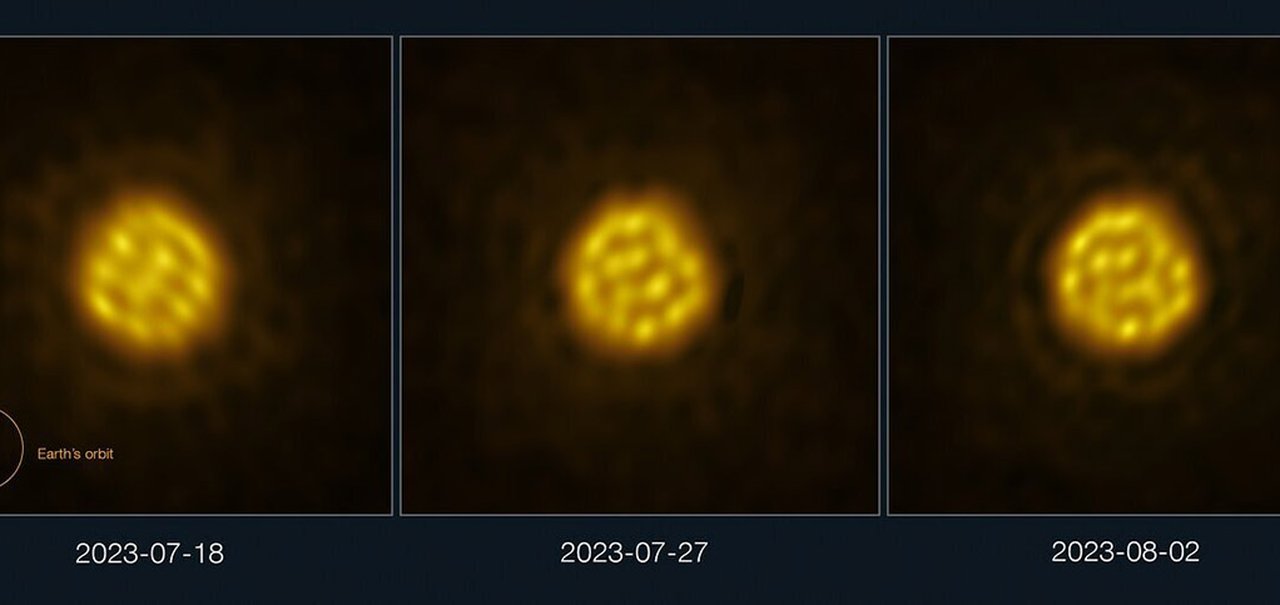A team of astronomers conducting observations at the Atacama Large Millimeter/submillimeter Array (ALMA), an interferometric radio telescope consisting of 66 high-sensitivity antennas in northern Chile, has captured for the first time: Giant bubbles of hot plasma bubbling on the surface of a star other than our Sun.
The star observed, R Doradus, is a variable red giant, meaning it is in an advanced stage of its life. It has the same mass as our Sun, but is five million times more massive, so its surface gravity is very low, causing its outer layers to be somewhat floppy. So, Convection cells take the form of giant bubbles, transferring energy from the inside to the surface.
In red giants, convective cells take the form of large plasma bubbles because they are much larger than smaller stars. (each with a base size of 75) By moving inside it, it makes its surface more dynamic and variable, which allows detailed observations even from 180 light-years away.
What is the convection process of a star?
Convection is a fundamental physical phenomenon that occurs in many heated fluids, from coffee to stars. It occurs when there are temperature differences within the liquid. Thus, hotter and therefore less dense liquids tend to rise, while cooler and denser liquids tend to sink.
Even though there is no longer hydrogen in their cores, stars continue to burn helium, which forms heavier elements such as carbon and oxygen. The energy from the burning is then transferred to the surface. It is in the form of hot gas bubbles, which then cool and return to plasma. This mixing is convection..
Although convection is a granular structure often seen on the surface of the Sun, ALMA has for the first time allowed convective granules to be observed on another star and also allowed us to measure their speed over the course of a month, according to co-author Theo Khouri of Chalmer University of Technology in Sweden.
Why is it important to study the convection of other stars?
The time it takes for plasma bubbles to cool, sink, and rise again over the course of a month in R Doradus is much faster than Kouri and his colleagues predicted based on observations of solar convection recorded by astrophysicists for decades.
“It seems Convection changes as a star ages In ways we don’t yet understand,” says the paper’s first author, Wouter Vlemmings, also from Chalmers.
Knowing why this happens may provide some clues about the future of our Sun. Eventually, by the age of R Doradus, the fuel (hydrogen) that can be fused in its core will run out and helium fusion will begin. At this stage, most of the Solar System will have been engulfed by plasma from the expanding star’s atmosphere.
Stay up to date with the latest astronomical discoveries on TecMundo. Or take the opportunity to find out how far away stars are.
Source: Tec Mundo
I’m Blaine Morgan, an experienced journalist and writer with over 8 years of experience in the tech industry. My expertise lies in writing about technology news and trends, covering everything from cutting-edge gadgets to emerging software developments. I’ve written for several leading publications including Gadget Onus where I am an author.













